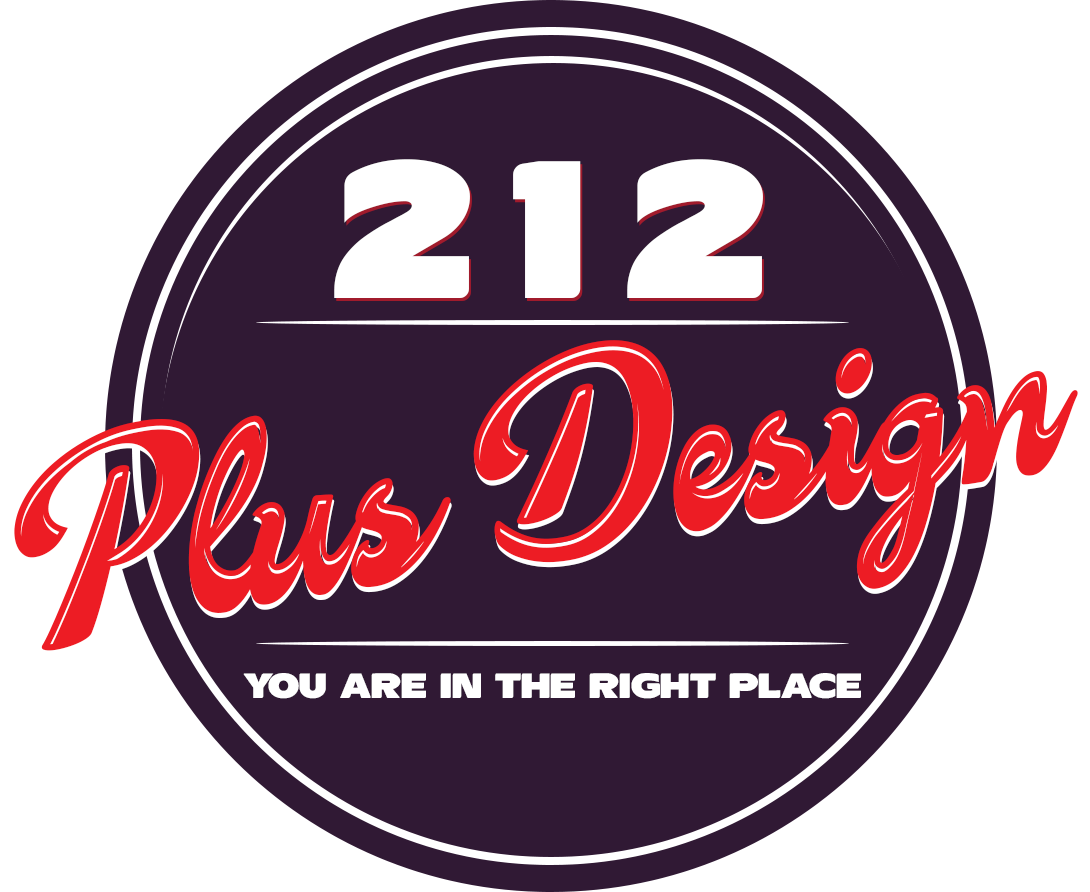What Is Responsive Website Design And Its Advantages?
What Exactly Is The Meaning Of Responsive Website Design? Today’s technologically advanced world is coming out with various smart devices like Mobile Phones, Tablets, Laptops, Computers, Phablets, etc. One peculiarity of these devices is they are available in different shapes and sizes. Anyone can design a website, but it requires advanced knowledge to develop ‘A […]
What Is Responsive Website Design And Its Advantages? Read More »


